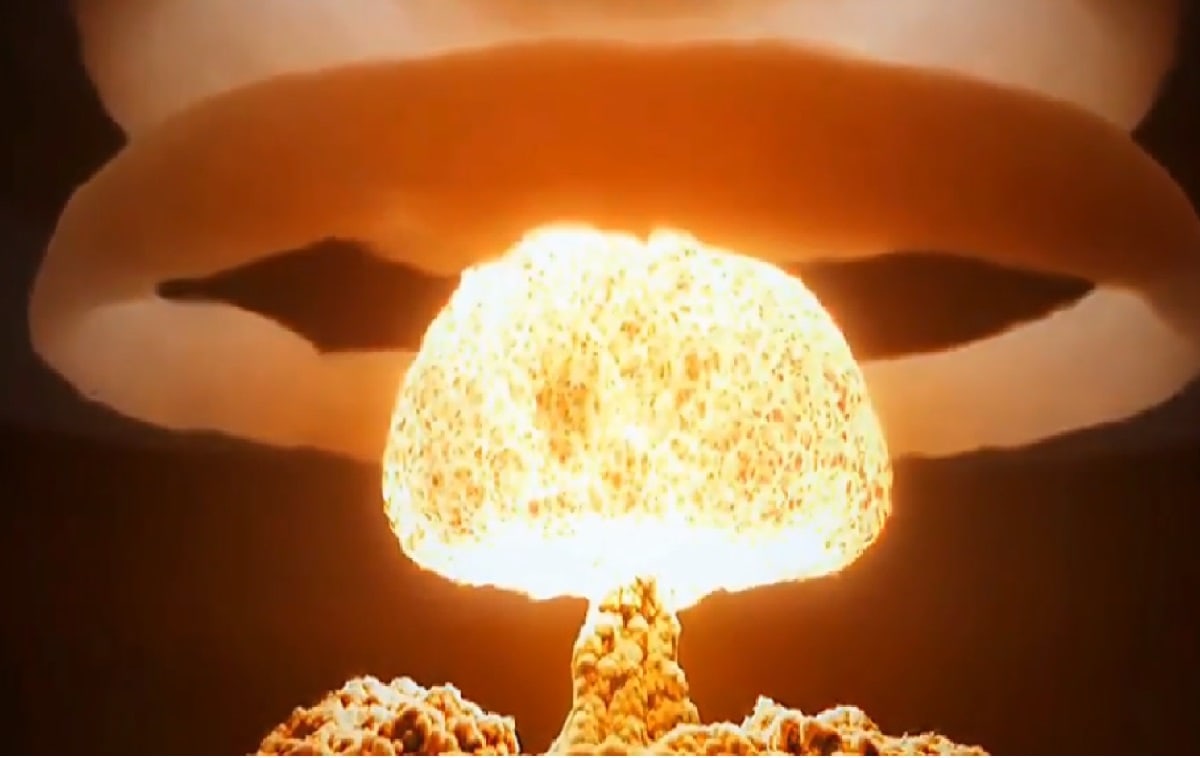By the end of the year, the Russian military will conduct two test launches of its RS-28 Sarmat (NATO reporting name: SS-X-29), according to a source in the Russian defense industry. The liquid-fueled, MIRV-equipped (multiple independently targetable reentry vehicle) super-heavy intercontinental missile has been in development at the Makeye Rocket Design Bureau since 2009.
The Sarmat is one of six new strategic weapons under development in Russia unveiled by Russian Federation President Vladimir Putin in his 2018 state of the nation speech. It is intended to replace the existing R-35M ICMB (SS-18 “Satan”).
“The first launch of Sarmat as part of flight development tests will presumably take place this fall, the second one – in late 2021,” the defense industry source told Tass on Wednesday.
In June, Krasmash plant Director General Alexander Gavrilov told the Russian news outlet that Sarmat flight tests were already scheduled for the third quarter of 2021.
Meet the Sarmat
The RS-28 Sarmat will also replace R-36M2 Voevoda missiles, which have been in service since the late 1960s. The new ICBM is believed to considerably exceed its predecessor, and according to Tass, some of its characteristics were disclosed at the International Army-2019 forum.
The new missile reportedly weighs 208.1 tons, has a payload that is close to 10 tons while it can hold 178 tons of fuel. The Sarmat has a range of 18,000 kilometers or just over 11,000 miles and can fly unpredictable routes while it is able to bypass missile defense areas. The missile has the ability to fly over the North and South Pole and even approach targets from directions that are not envisaged for interception.
Most worrisome for the U.S. military is that the Sarmat can be equipped to carry a number of reentry vehicles, including hypersonic Avangard gliders.
Some reports have even suggested the Sarmat would be capable of “wiping out areas the size of England and Wales.”
The Sarmat was reportedly named for the nomadic Sarmatian tribes who lived in the 6th to 4th centuries BC in the territory of what is present-day Russia, Ukraine, and Kazakhstan. The platform and its advanced capabilities have already earned praise from Putin, who has even proclaimed that the most advanced anti-ballistic missile defenses would prove inadequate against it.

Image is Creative Commons from 2018. Provided Description: The new heavy Sarmat intercontinental ballistic missile underwent an ejection test at the Plesetsk state test cosmodrome. The pre-flight preparations were carried out according to the plan. During the test, the ICBM proved its specifications within pre-flight preparations and initial stage of the flight. The Strategic Missile Forces checked scheme and constructive, as well as technological solutions implemented in the missile complex equipped with the ICBM. The heavy ICBM missile is to replace the Soviet-era Voevoda.
Delayed Launch
The Sarmat may be one of the weapons that Putin has boasted about, but as with other advanced Russian military hardware, it has faced numerous delays. It is already several years behind schedule, and was originally slated to enter service this year.
However, the Sarmat ICBM may finally get off the launch pad, and if the tests are successful, it is likely Moscow will push forward with the new missile. With its ability to hit virtually any location on the globe, it could be a truly dangerous weapon and ensure that Russia is a threat to be taken seriously.
Peter Suciu is a Michigan-based writer who has contributed to more than four dozen magazines, newspapers and websites. He regularly writes about military small arms, and is the author of several books on military headgear including A Gallery of Military Headdress, which is available on Amazon.com.

